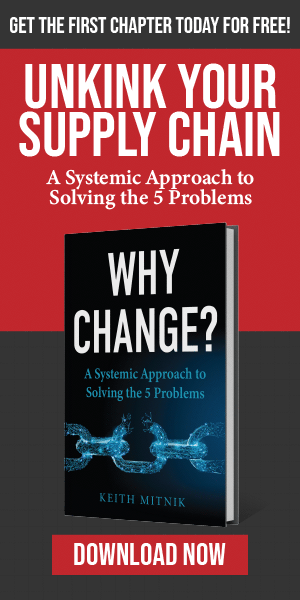Key Takeaways
- Supplier alignment in manufacturing drives reliability, quality, and profitability long-term.
- The best supplier vetting process looks beyond cost to values, transparency, and performance.
- A strong manufacturing supply chain partnership reduces risk and production delays.
- Evaluate suppliers using a supplier performance evaluation framework that covers delivery, quality, and obsolescence planning.
- Prioritize long-term supplier relationships where both sides share accountability and goals.
The Real Meaning of Supplier Alignment in Manufacturing
In manufacturing, the cheapest quote can be the most expensive mistake. Many teams learn this the hard way—after switching suppliers for a lower price, only to spend months fixing missed deliveries and inconsistent quality.
The best supplier isn’t just the one with the lowest cost. It’s the one whose priorities align with yours—on reliability, communication, and long-term success. When supplier alignment in manufacturing is missing, the costs show up later in rework, downtime, and lost trust.
How Do I Evaluate if a Supplier Is the Right Long-Term Fit Beyond Just Price?
To determine whether a supplier is the right long-term partner, you need to go deeper than spreadsheets and quotes.
Start by asking how they behave under pressure. How do they resolve their manufacturing delays so they don’t affect you. Do they communicate proactively? Take ownership when issues arise? Plan ahead for obsolescence or supply chain shifts? These behaviors reveal whether they’ll protect your business—or add risk to it.
A supplier vetting process focused on alignment looks for shared values, transparent communication, and consistent performance. True manufacturing supply chain partnerships thrive on mutual accountability, not one-sided cost cutting.
When a supplier understands your goals, success metrics, and customer expectations, you don’t just get parts—you get peace of mind.
The Hidden Cost of Chasing Price
A lower per-unit cost may look great on paper, but what happens when delays, rework, or quality failures pile up? Those “savings” quickly disappear.
That’s why smart manufacturers focus on cost vs value in supplier selection—understanding that reliability, responsiveness, and lifecycle planning often outweigh the initial quote.
The best partners plan for risk, communicate early, and deliver consistently. They’re part of your long-term growth, not a short-term fix.
What to Look for in a Supplier Vetting Process
Too many sourcing teams stop at price comparisons. A true vetting process evaluates how a supplier performs across five critical areas:
1. Delivery
Can they meet schedules without constant follow-up? Do they communicate realistic timelines? Do they resolve issues before they get to you?
2. Obsolescence
Do they plan ahead for parts reaching end-of-life and propose replacements early? Do they design with the obsolescence mitigation upfront?
3. Quality
How do they measure and maintain quality? Are there continuous improvement systems in place?
4. Performance
Are the parts optimized for your specific application and industry standards—or just compliant on paper?
5. Cost
After solving all of the four problems above, are they delivering a cost efficient solution that results in a lower system level product cost?
A supplier that performs well across all five dimensions is positioned to be a long-term supplier relationship—not just another transaction.
What True Alignment Looks Like
Alignment shows up in the details:
- Engineers who design with quality, performance and lifecycle in mind.
- Teams that provide transparent updates and solve problems before they get to you.
- Partners who say “no” when the fit isn’t right.
These behaviors signal a supplier who’s in it for the long haul—a genuine manufacturing supply chain partnership built on shared trust and accountability.
At Phoenix Display, we continuously turn down projects that aren’t the right fit because we know long-term alignment benefits everyone. When both sides understand what success and failure look like, collaboration becomes natural
The ROI of Long-Term Supplier Relationships
When you invest in alignment, your entire operation benefits. Production stays on track, engineers spend less time on crisis management, and customers get consistent, high-quality results.
That’s the real return on alignment: less friction, fewer surprises, and stronger profitability.
If you’re assessing your current vendors, don’t just ask, “Who’s cheapest?” Ask, “Who helps us perform better long-term?”
Ready to Build a Better Supplier Partnership?
If you’re re-evaluating your supplier relationships, start by examining alignment, not just unit price cost. A truly aligned supplier becomes an extension of your team—anticipating challenges, communicating clearly, and helping your business grow.
Let’s talk about how to vet for long-term alignment and build a supplier partnership that lasts.






